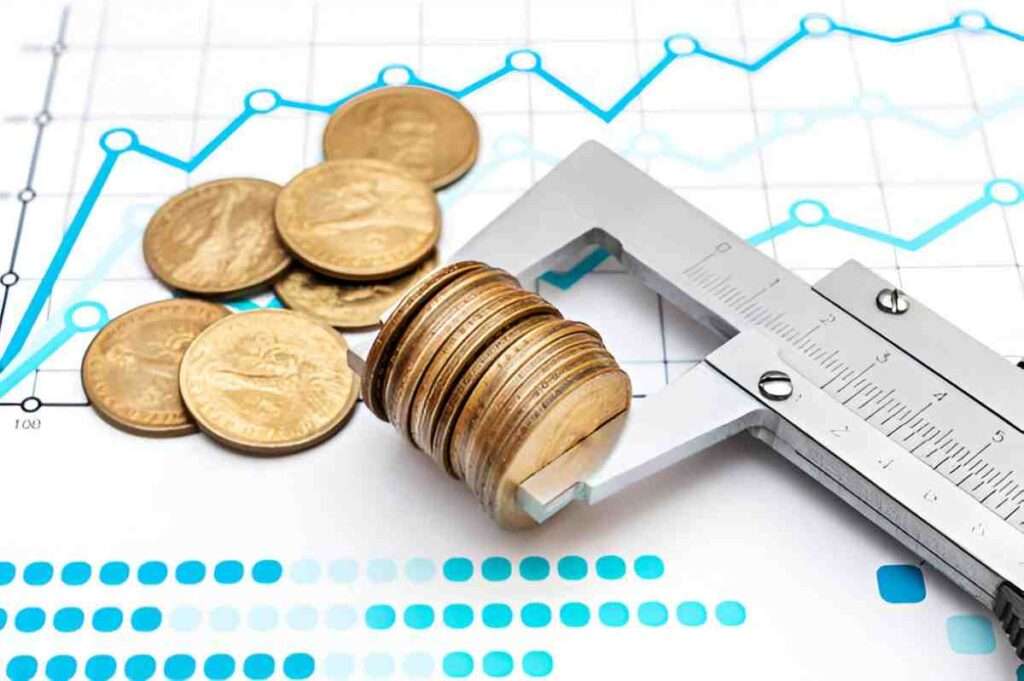When I first came across Hyman Minsky’s theory of financial instability, it was a revelation. His insights into the inherent instability of financial markets and the role of debt in economic fluctuations felt strikingly relevant. In this article, I aim to break down Minsky’s ideas, explore their implications, and examine how his theory helps us understand financial crises. We’ll look at Minsky’s views on debt cycles, speculative bubbles, and the eventual collapse of over-leveraged financial systems. Through examples and comparisons, I’ll attempt to make his complex theory accessible and relatable.
Table of Contents
Minsky’s Basic Concept: The Financial Instability Hypothesis
Minsky proposed a theory that financial markets are inherently unstable, largely because of the role debt plays in economic systems. According to him, periods of economic stability breed overconfidence and excessive risk-taking, which eventually lead to financial instability and crises. His theory is built on the idea that debt levels in an economy can fluctuate wildly, moving from periods of prudence to reckless speculation, and ultimately leading to a crash.
In essence, Minsky’s financial instability hypothesis is a cyclical process of boom and bust, driven by changes in the amount of borrowing in the economy. The key takeaway from Minsky’s theory is that financial markets don’t naturally tend toward equilibrium. Instead, they are prone to cycles of rising optimism, overextension of credit, and eventual collapse when borrowers cannot repay their debts.
The Three Stages of Debt: Hedge, Speculative, and Ponzi Finance
Minsky’s theory revolves around three stages of borrowing behavior, which he termed as hedge finance, speculative finance, and Ponzi finance. These stages describe the different ways borrowers handle their debt and how this changes over time.
1. Hedge Finance: Stability and Prudence
In the first stage of the cycle, the economy is in a relatively stable position. Borrowers are conservative and can meet their debt obligations without much trouble. The key feature of hedge finance is that borrowers can pay both the interest and principal on their loans.
Let me illustrate this with an example. Suppose an individual borrows $100,000 to buy a house. The interest rate on the loan is 5%, so the borrower pays $5,000 in interest each year, and the loan principal is paid back in equal installments. In this case, the borrower can comfortably meet their payments because the income generated from their investment (the house) is enough to cover both interest and principal.
Example Calculation: Loan Amount: $100,000 Interest Rate: 5% Annual Interest: $5,000 Annual Principal Payment: $10,000 (assuming a 10-year loan) Total Payment per Year: $15,000
In hedge finance, the borrower’s cash flows are strong enough to meet all debt obligations.
2. Speculative Finance: Risk and Optimism
The next stage is speculative finance. In this stage, borrowers are still able to make their debt payments, but only by refinancing or rolling over their debt. They might not be able to fully cover the principal repayment but can meet their interest payments. The optimism of economic growth and rising asset values leads borrowers to believe they can refinance their debt as needed, making the risks seem manageable.
Let’s take the same house example. If property prices are rising, the borrower may decide to take on more debt by refinancing their existing loan. The borrower doesn’t plan to pay off the principal through income but expects to sell the house at a higher price in the future, thus covering the loan.
Example Calculation: Loan Amount: $100,000 Interest Rate: 5% Annual Interest: $5,000 No Principal Payment: The borrower only pays interest but expects to refinance or sell the property at a higher price.
The borrower’s strategy depends on the assumption that property prices will continue to rise. This creates a speculative bubble, where people borrow more than they can repay, hoping that future asset appreciation will cover the debt.
3. Ponzi Finance: Excessive Risk and Collapse
The third stage, Ponzi finance, is where things start to go wrong. In this stage, borrowers can no longer pay either the principal or interest on their loans. They rely on new borrowing to repay existing debts or hope that asset prices continue to rise so they can sell at a profit. However, this stage is highly unstable because the borrower’s ability to service the debt depends entirely on the continued expansion of credit and rising asset prices.
Let’s revisit the house example, but this time the borrower has taken on even more debt, relying on ever-increasing property values to cover the growing debt. The borrower can no longer make regular payments, but hopes that by refinancing the loan or selling at a higher price, the debt can be paid off.
Example Calculation: Loan Amount: $200,000 (after refinancing) Interest Rate: 5% Annual Interest: $10,000 No Principal Payment: The borrower cannot afford to pay either interest or principal.
In Ponzi finance, the borrower’s situation is unsustainable. The entire system depends on rising asset prices, and when the prices stop increasing or begin to fall, borrowers are left with mountains of debt they cannot repay.
The Cycle: From Stability to Instability
The progression from hedge finance to Ponzi finance is not immediate. It takes time for economic conditions to change, for confidence to build, and for risk-taking to escalate. Initially, there is a period of stability where borrowers can meet their obligations without much difficulty. As confidence grows, borrowing increases, and the speculative phase begins. Finally, as borrowers stretch their finances further, the Ponzi stage takes hold, and the entire system becomes more fragile.
This cyclical process is what Minsky referred to as the “Minsky Moment.” The Minsky Moment occurs when asset prices stop rising, and the borrowers in the Ponzi phase are unable to meet their obligations. This sudden collapse of confidence and the inability to refinance debts leads to a financial crisis.
Illustration: The Minsky Cycle
Here’s a simplified table to show how the cycle progresses:
| Stage | Characteristics | Borrower’s Financial Situation | Risk Level |
|---|---|---|---|
| Hedge Finance | Stable, cautious borrowing | Can repay both principal and interest | Low |
| Speculative Finance | Borrowers can only pay interest, relying on refinancing | Can pay interest but not principal, expects asset appreciation | Moderate |
| Ponzi Finance | Unsustainable borrowing, reliant on rising asset prices | Cannot repay either interest or principal, depends on refinancing | High |
As we move through these stages, the risk of financial instability increases. The shift from one stage to another happens gradually but accelerates when economic conditions start to sour, like when interest rates rise or asset prices stagnate.
Minsky and the Global Financial Crisis
Minsky’s theory is perhaps most famous for its relevance to the 2007–2008 global financial crisis. In the years leading up to the crisis, we saw a typical example of speculative and Ponzi finance in the housing market. Banks and financial institutions relaxed lending standards, and borrowers took on more debt, often beyond their capacity to repay. The financial system was rife with Ponzi finance, as people believed that house prices would continue to rise indefinitely.
When housing prices began to fall, borrowers could no longer refinance their loans, and the Ponzi finance system collapsed. This triggered a chain reaction throughout the global financial system, as banks failed, and the economy entered a severe recession.
Policy Implications: How Minsky’s Ideas Can Guide Us
Minsky’s theory offers valuable insights into the functioning of financial markets and the role of government policy. One of the most important lessons from his work is the need for regulation to prevent excessive risk-taking. During periods of economic growth, financial institutions tend to lower their lending standards, leading to unsustainable debt accumulation. By monitoring and controlling lending practices, regulators can help prevent the kind of excessive borrowing that leads to financial instability.
Additionally, Minsky argued that the government should act as a “lender of last resort” to stabilize financial markets during crises. When a financial panic strikes, the central bank can step in and provide liquidity to prevent a full-blown collapse.
Conclusion: The Relevance of Minsky’s Theory Today
As I reflect on Minsky’s work, it becomes clear that his theory is not just an academic curiosity but a practical guide to understanding financial instability. The boom-and-bust cycles that Minsky described are still evident in financial markets today. By recognizing the dangers of excessive debt and the speculative bubbles that often precede financial crises, we can better prepare for the inevitable swings in the market.
Minsky’s theory reminds us that financial systems are inherently unstable, driven by human psychology, and often prone to reckless optimism. While we may not be able to avoid financial crises altogether, understanding the dynamics of debt and risk can help us mitigate their impact and prevent the worst outcomes. By learning from the past, we can hopefully build a more resilient financial system that can weather the storms of instability.





